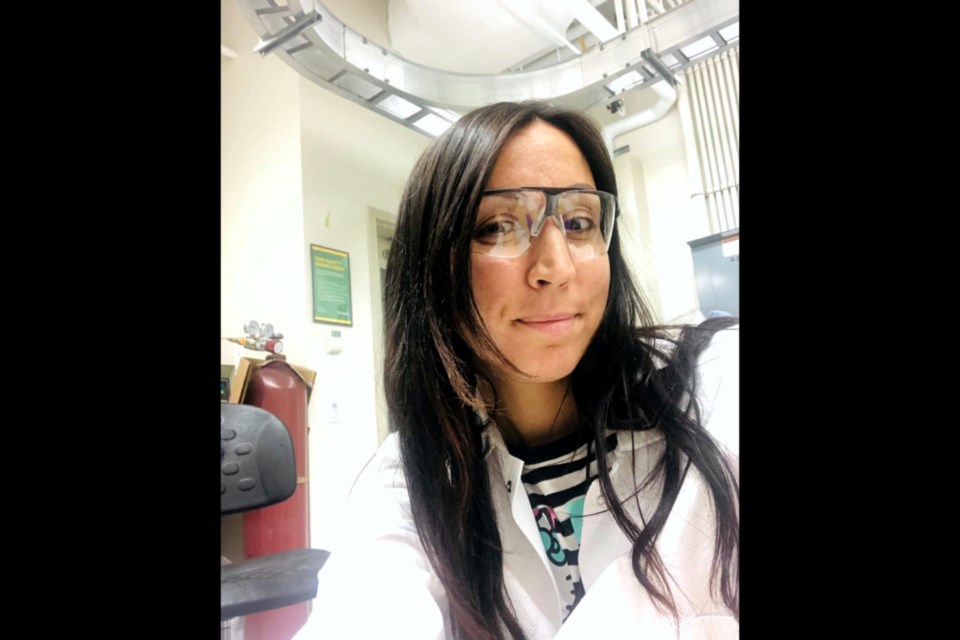ATHABASCA — What if you could capture methane, add a bacterium to it and turn it into something more useful?
Those possibilities are some of the things Marina Lazic has been pondering for some time now.
Lazic, who has two master's degrees in molecular biology and one in genetics, plant breeding and seeds, has been working at the University of Alberta (U of A) on her doctorate in molecular biology to figure out the right combination to make the process economically feasible for mass production.
“Our goal is to find bacteria that can actually take that methane that is causing harm to our planet, and in the same time, those bacteria will basically degrade that methane, they will grow and ... they will produce that molecule that is called polyhydroxybutyrate, PHB,” Lazic said in a Feb. 11 interview.
It is a long way from her home country of Serbia and from her initial fascination with forensics television shows which sparked an interest in DNA, but she switched focus when she realized working with plants could help with bioremediation efforts by developing plants to grow in areas of Serbia polluted with heavy metals and other contaminants.
“I’m still in microbe related stuff, but it’s not for my country anymore,” she said.
Now her focus is transforming the harmful greenhouse gas produced by industrial activities, thereby helping slow global warming and also reducing the amount of plastic waste.
“It's just really finding the best way to feed them — How much methane? What kind of nitrogen source we add to that bioreactor?” Lazic said. “It's not only methane they consume, they need also nitrogen, they need all sorts of other nutrients to grow and that's what we are optimizing.”
Right now, Lazic and fellow scientists are working with small-scale bioreactors, but she is hopeful they can find a company with a bioreactor big enough to run much larger experiments as they find the “sweet spot” that will result in the highest PHB production.
“In order to move to the big level, you need to optimize for a smaller level so, that's what we are doing now,” Lazic said. “I'm working on the micro levels (at one-litre) and then there is another person who is doing a five-litre level. So, you just go step by step.”
The presentation will be on Zoom, Feb. 22 at 7 p.m. and the link can be found on the Science Outreach – Athabasca website.



